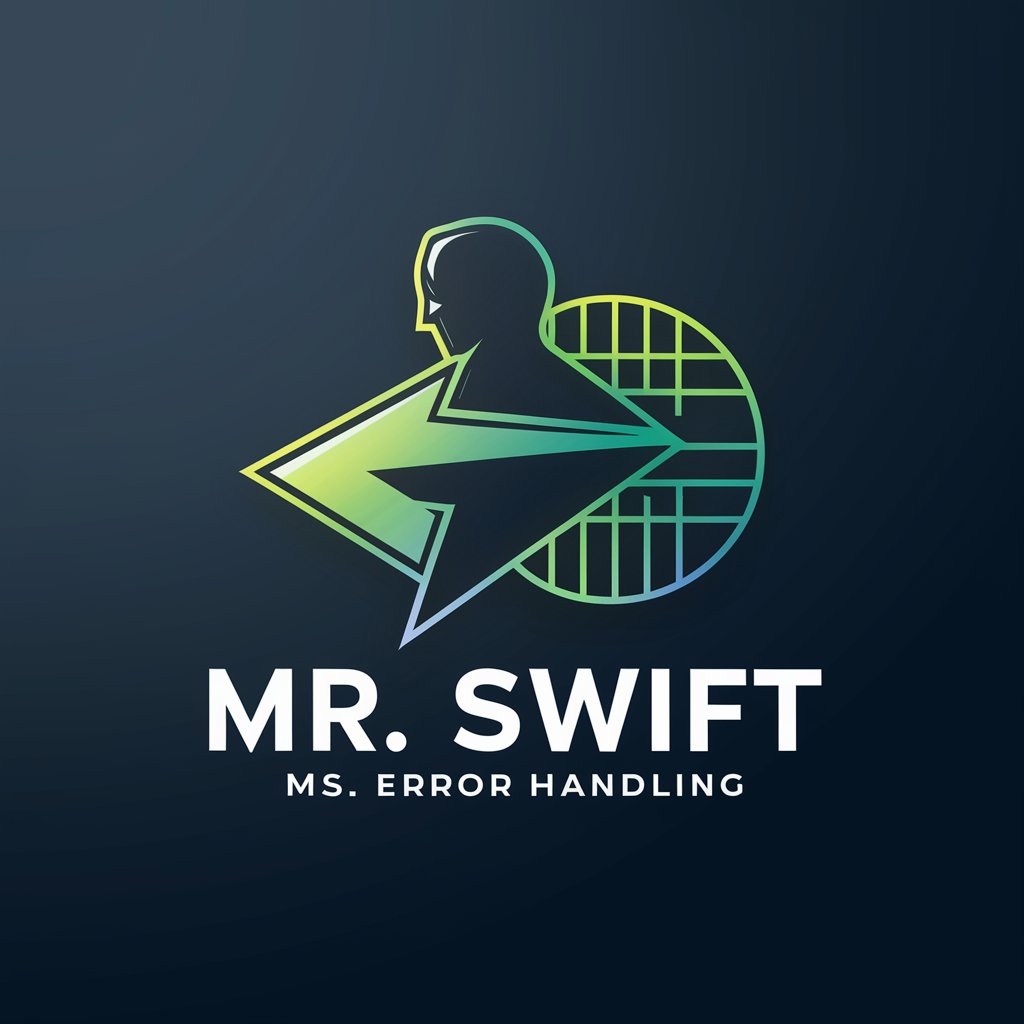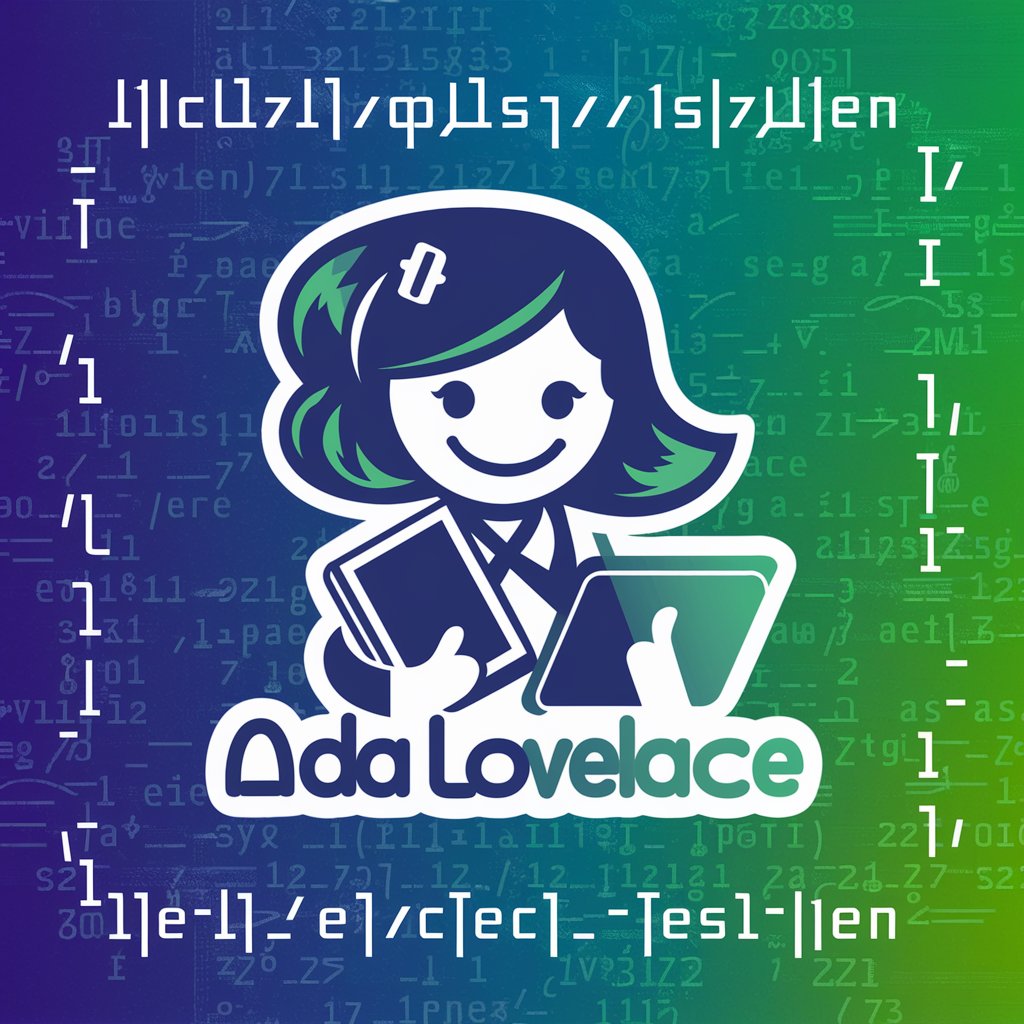
💡 Ada Exception Handling - Ada Exception Guide

Welcome! Let's master Ada's exception handling together.
Empowering Ada Error Handling
Explain the basics of exception handling in Ada.
How can I create custom exceptions in Ada?
What are best practices for exception handling in Ada?
Can you provide an example of exception propagation in Ada?
Get Embed Code
Overview of Ada Exception Handling
Ada exception handling is designed to manage anomalies or errors that occur during program execution, ensuring robust and reliable software. The primary function of exception handling in Ada is to provide a structured way to detect and respond to runtime errors, which might otherwise cause a program to terminate unpredictably. Exception handling in Ada involves defining potential error conditions as exceptions, capturing these exceptions using 'raise' statements, and responding to them within 'begin ... exception' blocks. An illustrative scenario is handling file operations where the file might not exist. Ada allows handling such exceptions to avoid program crashes and provide user-friendly error messages. Powered by ChatGPT-4o。

Core Functions of Ada Exception Handling
Defining and Raising Exceptions
Example
Defining a custom exception for invalid user input and raising it: declare Invalid_Input : exception; begin if User_Input < 0 then raise Invalid_Input; end if; end;
Scenario
In user input validation, custom exceptions help enforce business rules, such as validating age or monetary values, ensuring that data conforms to expected parameters.
Exception Propagation
Example
Handling an exception in a nested procedure and propagating it upwards to be handled at a higher level: procedure Process_Data is begin Data_Module.Compute; exception when Data_Error => raise; end Process_Data;
Scenario
In a multi-tier application, lower-level modules handle specific tasks (like data processing), while upper layers handle broader control flow and user interaction, ensuring errors are managed at appropriate system levels.
Exception Handling Blocks
Example
Using an exception block to handle errors during file operations: begin Open(File, In_File, "data.txt"); exception when Name_Error => Put_Line("File not found."); when others => Put_Line("Unknown error."); end;
Scenario
This is useful in applications dealing with external resources, such as file systems or network connections, where multiple types of errors can occur, needing distinct responses for continuity and user guidance.
Ideal Users of Ada Exception Handling
System and Application Developers
Developers working on systems that require high reliability and robustness, such as aerospace, defense, and transportation systems, benefit from Ada's structured exception handling to ensure system stability and safety.
Beginners to Ada Programming
New learners of Ada can use exception handling to better understand defensive programming practices and build more secure, error-resilient applications from the start.
Enterprise Software Engineers
Engineers developing enterprise applications that involve complex processing and must handle numerous error conditions elegantly, such as in financial services or data management, would find Ada's exception handling capabilities particularly beneficial.

How to Use 💡 Ada Exception Handling
Step 1
Begin by exploring YesChat.ai for a no-login, free trial, without the need for a ChatGPT Plus subscription.
Step 2
Understand the basics of exception handling in Ada by reviewing the syntax and semantics of 'raise', 'exception', and 'begin ... exception ... end' blocks.
Step 3
Apply exception handling in your Ada projects to manage errors robustly. Practice with standard exceptions like 'Constraint_Error' or define your own custom exceptions.
Step 4
Test the implementation of your exception handling by creating scenarios that might cause runtime errors, and ensure your Ada program handles these gracefully.
Step 5
Refine and adapt the exception handling strategy based on the specific requirements and constraints of your software project to optimize reliability and maintainability.
Try other advanced and practical GPTs
💻 ColdFusion Exception Handling!
Smart, AI-powered error management

Brain storm
Ignite Your Creativity with AI

K8s Brain
Empowering Kubernetes Intelligence
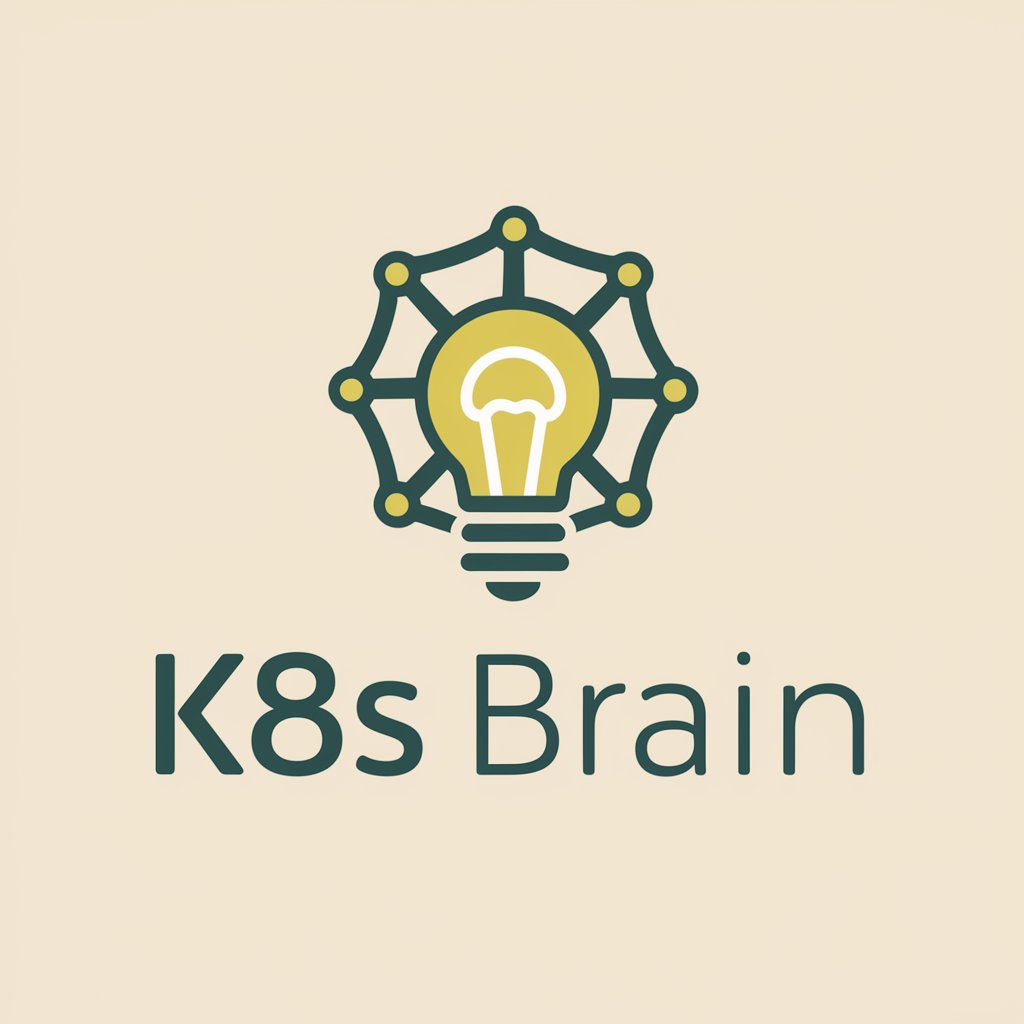
Omnis Brain
Elevate Your Skincare Game with AI

AI BRAIN
Harness AI for a Disciplined Life

Brain Dude
Bringing creativity to life with AI

CHEMISTRY: electron configuration - exceptions
Mastering electron configurations with AI

ExceptionCorrection
Smarten your code debugging with AI
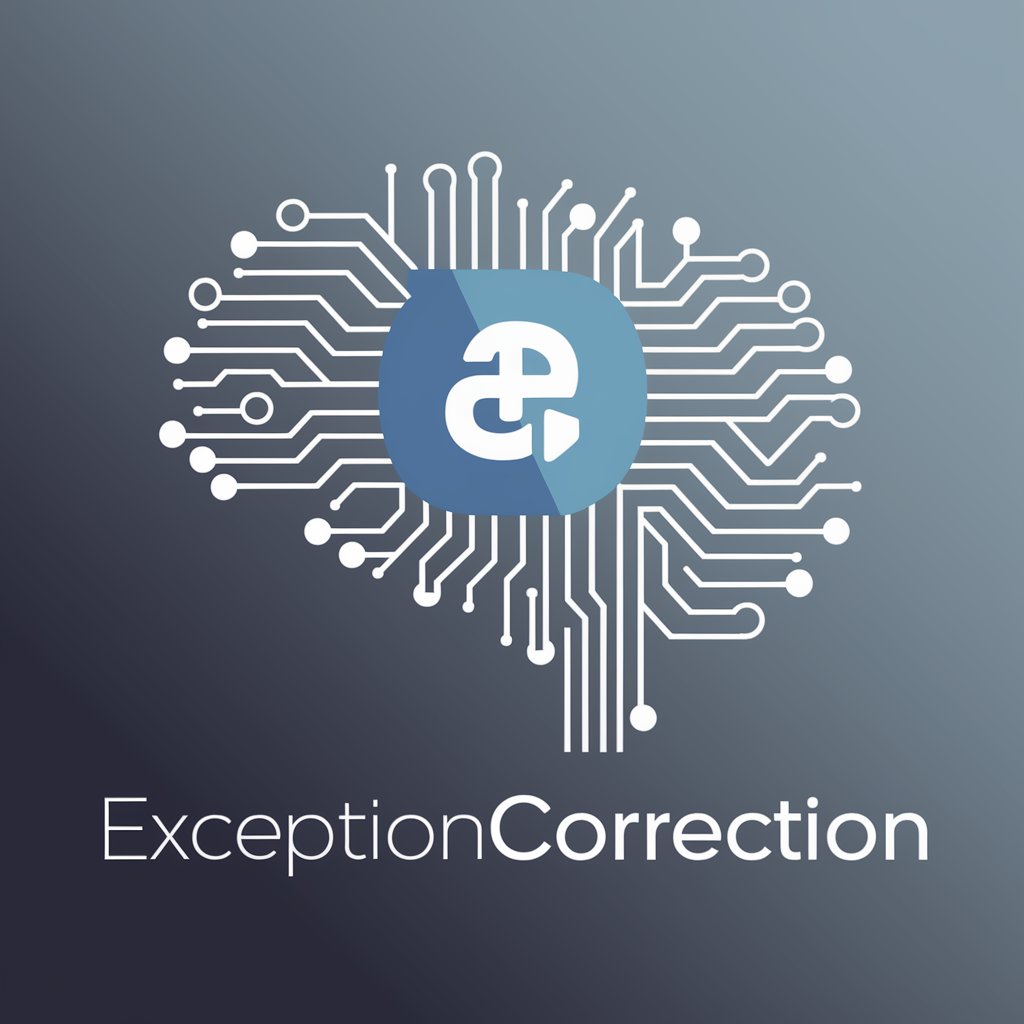
Exceptional value
Empower your words with AI

Mirror Talk
txet ruoy srorriM :loot IA decnavdA

Python Private Assistant
Elevating Python code with AI-driven insights.
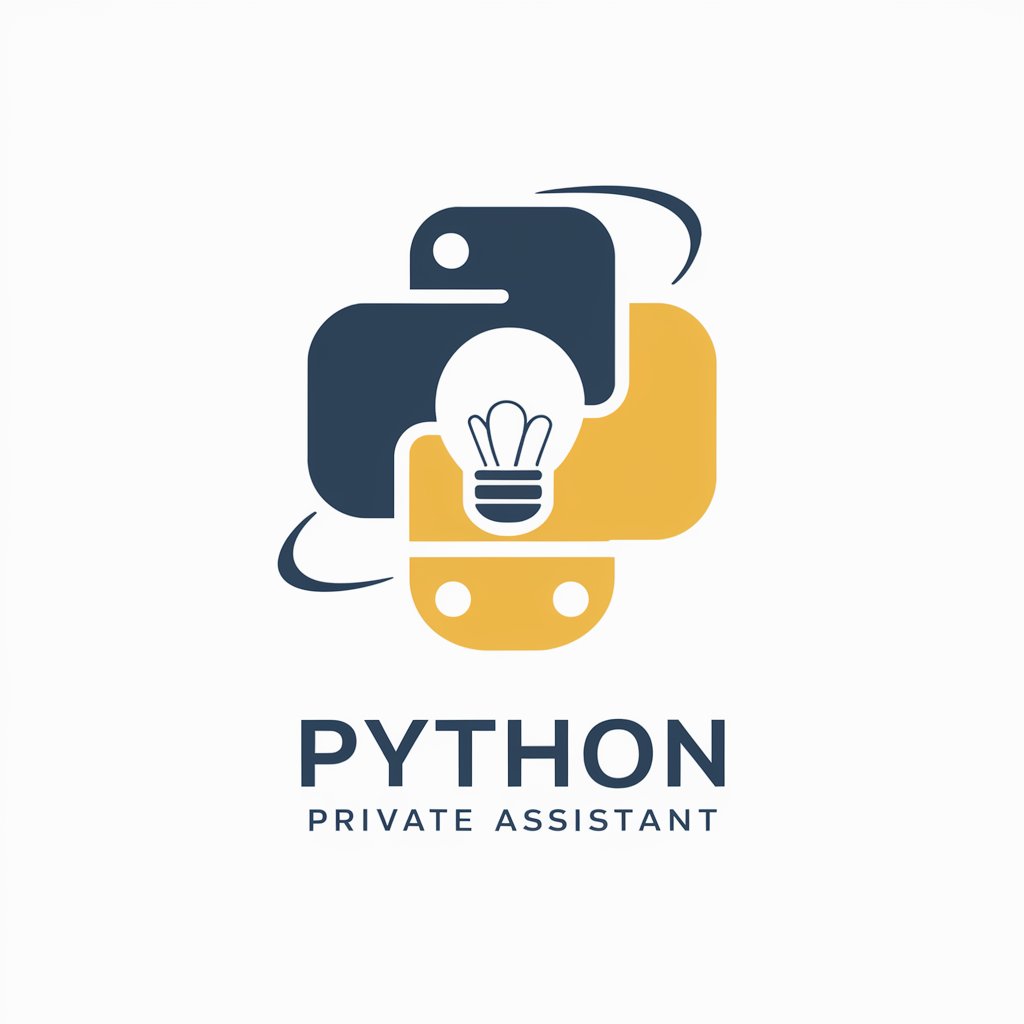
Exception Handling Enhancer
Automating robust error handling with AI

Detailed Q&A on 💡 Ada Exception Handling
What is an exception in Ada?
In Ada, an exception is a response to an abnormal condition occurring at runtime, such as division by zero or array bounds violation. Ada provides robust mechanisms for raising and handling these exceptions to maintain program stability and control flow.
How can I define a custom exception in Ada?
You can define a custom exception in Ada using the 'exception' keyword followed by a declaration, such as 'My_Exception : exception;'. You can raise this exception in your code using 'raise My_Exception;' when a specific error condition occurs.
What is exception propagation in Ada?
Exception propagation in Ada refers to the process by which an exception raised in one part of the program (like a subprogram) is not handled locally but passed up the call stack. It can be caught and handled at a higher level, providing a centralized error handling mechanism.
How do I handle multiple exceptions in Ada?
To handle multiple exceptions in Ada, you use an exception handling block with multiple 'when' clauses, each specifying a different exception or group of exceptions. This allows you to respond appropriately to various error conditions distinctly.
Can exception handling in Ada be bypassed?
Exception handling in Ada is designed to be robust, but you can bypass it using the 'Unchecked_Deallocation' procedure to manually manage memory, or by disabling checks at compile time, though these practices are generally discouraged as they reduce safety.


